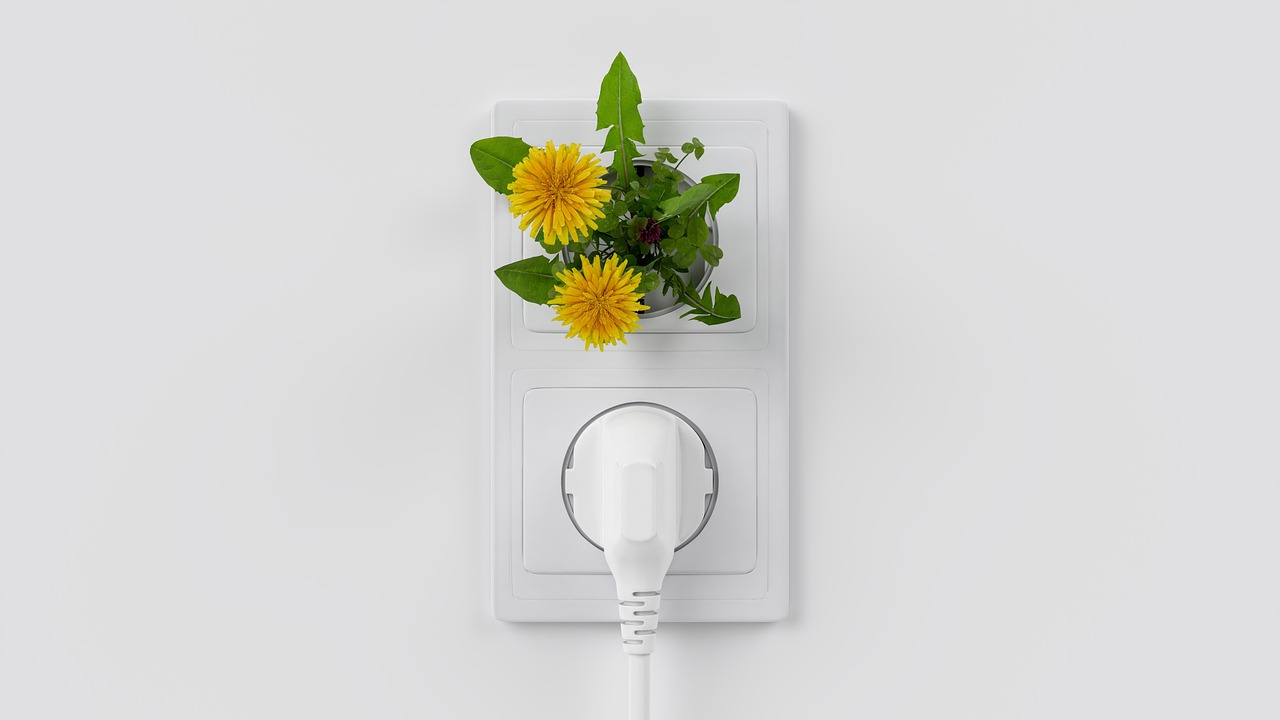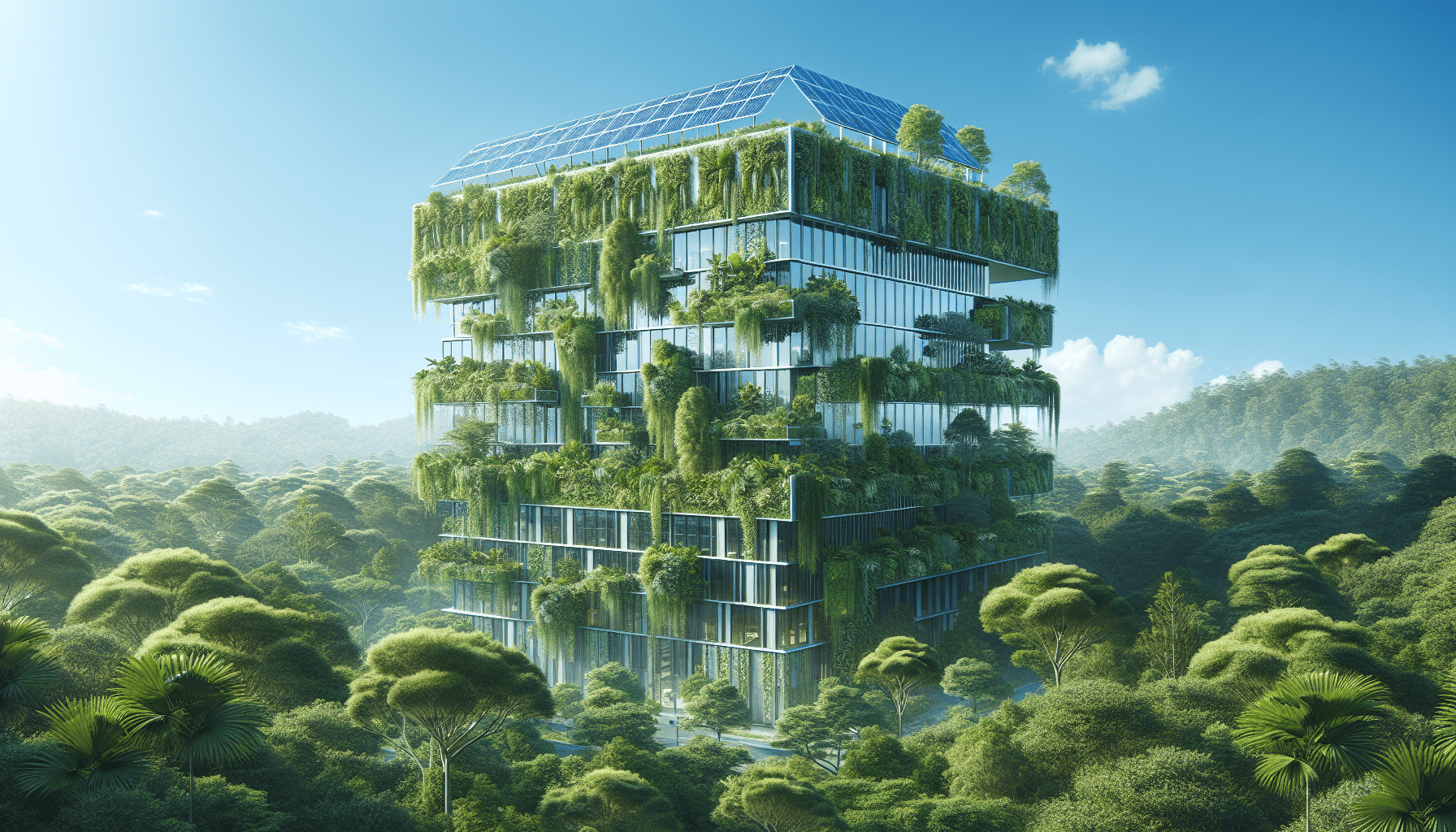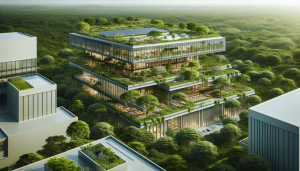How do green buildings reduce carbon emissions? It’s a question that’s increasingly relevant as we face the challenges of climate change. Green buildings, also known as sustainable or eco-friendly buildings, offer one of the most effective ways to combat rising carbon levels. By employing various strategies and technologies, these structures significantly cut down on greenhouse gas emissions. Let’s dive deep into how exactly green buildings contribute toward reducing our carbon footprint.
Understanding Green Buildings
Before we delve into the specifics of how green buildings reduce carbon emissions, it’s essential to understand what green buildings are. In essence, green buildings are structures that use environmentally responsible and resource-efficient processes throughout their life cycle, from design and construction to operation, maintenance, renovation, and demolition.
What Makes a Building Green?
Several attributes qualify a building as green, including energy efficiency, water efficiency, the use of sustainable materials, and indoor environmental quality. By focusing on these areas, green buildings minimize their impact on the natural environment.
Key Attributes:
| Attribute | Description |
|---|---|
| Energy Efficiency | Employing systems and designs to reduce energy consumption. |
| Water Efficiency | Utilizing water-saving devices and practices to minimize water use. |
| Sustainable Materials | Using materials that are renewable, recyclable, and locally sourced. |
| Indoor Environmental Quality | Ensuring healthy indoor air quality and comfortable living conditions. |
Energy Efficiency: The Cornerstone of Carbon Reduction
Energy consumption is one of the primary sources of carbon emissions. Traditional buildings often rely on fossil fuels for heating, cooling, and powering electrical devices, producing a significant amount of greenhouse gases. Conversely, green buildings focus heavily on energy efficiency.
Advanced Insulation Techniques
Effective insulation reduces the need for heating and cooling, thereby cutting down energy use. Materials like spray foam, cellulose, and rigid foam boards offer superior insulation properties compared to traditional materials. Insulated concrete forms (ICFs) and structurally insulated panels (SIPs) are two advanced technologies used in green construction.
Energy-Efficient Windows and Doors
Windows and doors are critical points for heat gain and loss in any building. Double or triple-glazed windows, low-E glass, and well-insulated frames significantly improve a building’s thermal performance, reducing the need for heating in winter and cooling in summer.
Window and Door Technologies:
| Technology | Benefit |
|---|---|
| Double/Triple Glazing | Reduces heat transfer, improving insulation. |
| Low-E Glass | Blocks UV and infrared light while allowing visible light, reducing energy costs. |
| Insulated Frames | Minimizes heat loss through window and door frames. |
Renewable Energy Integration
Integrating renewable energy sources like solar panels, wind turbines, and geothermal systems is another effective way to reduce carbon emissions. These technologies harness natural energy sources, providing a clean, renewable supply of power.
Efficient HVAC Systems
Heating, Ventilation, and Air Conditioning (HVAC) systems are significant energy consumers. Green buildings utilize high-efficiency HVAC systems, including heat pumps, energy recovery ventilators, and smart thermostats, to optimize energy use.

Water Efficiency: Conserving a Precious Resource
Water is another critical area where green buildings can make a substantial impact. Reducing water usage not only conserves this essential resource but also reduces the energy required to pump, heat, and treat water.
Low-Flow Fixtures and Appliances
Low-flow toilets, faucets, and showerheads dramatically reduce water consumption without sacrificing performance. Similarly, water-efficient appliances like dishwashers and washing machines consume less water and energy.
Rainwater Harvesting
Collecting and reusing rainwater for non-potable applications, such as irrigation and toilet flushing, reduces dependence on municipal water supplies. Rainwater harvesting systems can include simple barrels or more complex systems with filtration and storage tanks.
Graywater Recycling
Graywater refers to relatively clean waste water from baths, sinks, washing machines, and other kitchen appliances. Recycling graywater for uses like irrigation helps conserve fresh water and reduce sewage output.
Sustainable Materials: Building for the Future
The materials we use to construct and maintain buildings have a significant environmental impact. Green buildings prioritize materials that are sustainable, durable, and have a low environmental footprint.
Recycled and Reclaimed Materials
Using recycled or reclaimed materials can greatly reduce the carbon footprint of a building. For instance, reclaimed wood from old buildings or recycled steel can be employed in new construction, reducing the need for new materials.
Locally Sourced Materials
Materials sourced close to the construction site reduce transportation emissions and support local economies. Moreover, these materials are often more in harmony with the local climate and environment.
Sustainable Certifications
Several certifications and standards guide the use of sustainable materials. Programs like LEED (Leadership in Energy and Environmental Design) and BREEAM (Building Research Establishment Environmental Assessment Method) provide frameworks for evaluating and certifying the sustainability of building materials.
Material Certification Standards:
| Certification | Description |
|---|---|
| LEED | A widely recognized green building certification program in the U.S. |
| BREEAM | One of the oldest and most widely used environmental assessment methods for buildings. |
| FSC | Ensures that wood products come from responsibly managed forests. |

Indoor Environmental Quality: Healthier Living Spaces
The quality of the indoor environment affects not just energy efficiency but also the health and well-being of the occupants. Green buildings ensure high indoor environmental quality through various strategies.
Enhanced Ventilation Systems
Proper ventilation systems reduce the concentration of indoor pollutants, ensuring clean and fresh air. Mechanical ventilation with heat recovery (MVHR) systems exchange stale indoor air with fresh outdoor air while retaining heat from the outgoing air.
Low-VOC Materials
Volatile Organic Compounds (VOCs) found in paints, finishes, and building materials can adversely affect indoor air quality. Green buildings use low-VOC or no-VOC materials to minimize these harmful emissions.
Natural Lighting
Maximizing natural lighting reduces the need for artificial light, saving energy and creating a healthier indoor environment. Skylights, light shelves, and strategically placed windows can enhance the penetration of natural light into the building.
Operational Efficiency: Maintaining Green Standards
Sustainable practices shouldn’t stop once a building is built. Ongoing maintenance and operation of the building should continue to adhere to green principles to ensure long-term sustainability.
Smart Building Management Systems
Smart lighting, HVAC systems, and other building management technologies enable real-time monitoring and control of energy use. Sensors, automation systems, and data analytics help optimize performance and identify areas for improvement.
Smart Building Features:
| Feature | Benefit |
|---|---|
| Automated Lighting | Reduces energy use by adjusting lighting based on occupancy and natural light. |
| Smart Thermostats | Optimizes heating and cooling based on usage patterns. |
| Energy Monitoring | Provides insight into energy usage and highlights areas for improvement. |
Regular Maintenance
Efficient operation requires regular maintenance of systems and fixtures. Scheduled inspections and routine servicing ensure that all components function efficiently and at peak performance, reducing unnecessary energy and resource use.

Financial Incentives and Cost Savings
One of the major advantages of green buildings is the potential for cost savings and financial incentives. While the initial investment might be higher, the long-term savings often outweigh the upfront costs.
Lower Energy Bills
Reduced energy consumption leads to significantly lower utility bills over the lifecycle of the building. Energy-efficient systems and renewable energy sources contribute directly to these savings.
Government Incentives
Many governments offer incentives, such as tax credits, grants, and rebates, to promote green building practices. These incentives can offset some of the initial costs and make green building projects more financially attractive.
Increased Property Value
Green buildings often enjoy higher property values due to their lower operating costs, healthier living environments, and compliance with increasingly stringent regulations. Potential buyers and tenants are becoming more aware of the benefits of sustainable buildings, driving up demand and value.
Challenges and Future Directions
Despite the clear benefits, building green is not without its challenges. The higher initial costs, lack of awareness or expertise, and sometimes complex regulatory requirements can be hurdles. However, advancements in green building technologies and increasing awareness of environmental issues are paving the way for broader adoption.
Advancements in Technology
Continuous improvements in building materials, renewable energy technology, and smart building systems are making green buildings more accessible and affordable. Innovations like energy-storing building materials, more efficient solar panels, and advanced automation are driving the industry forward.
Policies and Regulations
More stringent building codes and regulations around the world are pushing the construction industry toward greener practices. Governments are increasingly mandating energy efficiency and sustainability standards, spurring innovation and adoption.
Education and Awareness
Increasing public awareness and education about the benefits of green buildings are essential for wider acceptance and adoption. Industry professionals, as well as the general public, need access to information and training on sustainable practices.
Key Challenges and Solutions:
| Challenge | Solution |
|---|---|
| Higher Initial Cost | Financial incentives and long-term cost savings can offset initial investments. |
| Lack of Expertise | Training, certification programs, and industry guidelines can build capacity. |
| Regulatory Barriers | Streamlining regulations and providing clear guidance can facilitate compliance. |

Conclusion
Green buildings are a crucial component in our global effort to reduce carbon emissions and combat climate change. By enhancing energy and water efficiency, using sustainable materials, ensuring indoor environmental quality, and maintaining operational efficiency, green buildings provide comprehensive solutions to minimize environmental impact. While challenges remain, the combined efforts of technological advancements, supportive policies, and increased awareness promise a greener, more sustainable future for the construction industry and the planet as a whole. By committing to greener building practices today, we set the stage for a healthier, more resilient world for generations to come.



